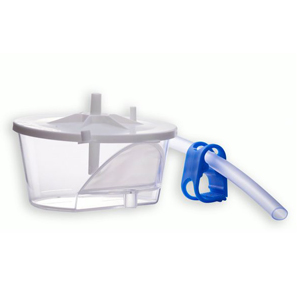What is Cryogenic Preservation? And How Does It Work?
Science is everything; without it, it would be pretty to even imagine flourishing mankind. A process like cryogenic preservation justifies that statement, and it looks like you are curious to learn everything about it. Well, for starters, you’ve come to the right place, you’ll have your questions answered here, and all you have to do is read this post till the end.
Cryopreservation is a process through which any living cells, organs, tissues, or even entire bodies are protected from decay. The process is all about storing the testament at extremely low temperatures. The motive behind that is to preserve them for a long period of time until the technology becomes relevant to revive them. Such technology, however, does not exist, at least not on our watch.
As far as the government-owned organizations are concerned, this process is being done on smaller scales, mostly for research purposes. There’s no doubt that who just came across Cryopreservation believes it to be nothing more than science fiction, which apparently is pretty apt. Even the process seems quite straightforward; there are many moving parts, which brings us to question “how does Cryopreservation (cryogenic preservation) work?
How Does It Work?
The process isn’t that complicated as it involves three major aspects, which for your better understanding are enlisted down below:
Firstly, the body is placed in for an ice bath. While that is being done, a ventilation mask is used to continue the flow of oxygen to the body’s organs – particularly the brain. The body temperature is monitored at all times to ensure a gradual reduction.
After that, the body is vitrified; what’s that, you may ask – it means the cells and organs are prepared for ultra-low temperatures. This stage also involves the replacement of the body’s fluids by injecting cryoprotective agents that act as antifreeze.
At last, the process of controlled cooling kicks off; this is where the body is prepared for the extreme cold. This is the final step before the storage.
In the End
The information mentioned above is pint-sized, but apparently, it’s enough unless you want to do it on a much bigger scale. For that, you have got to consult with cryogenic preservation experts.


.jpg)
Comments
Post a Comment